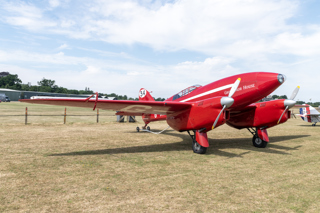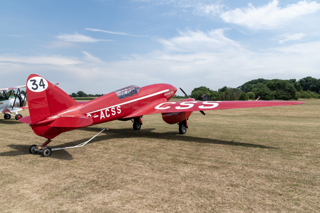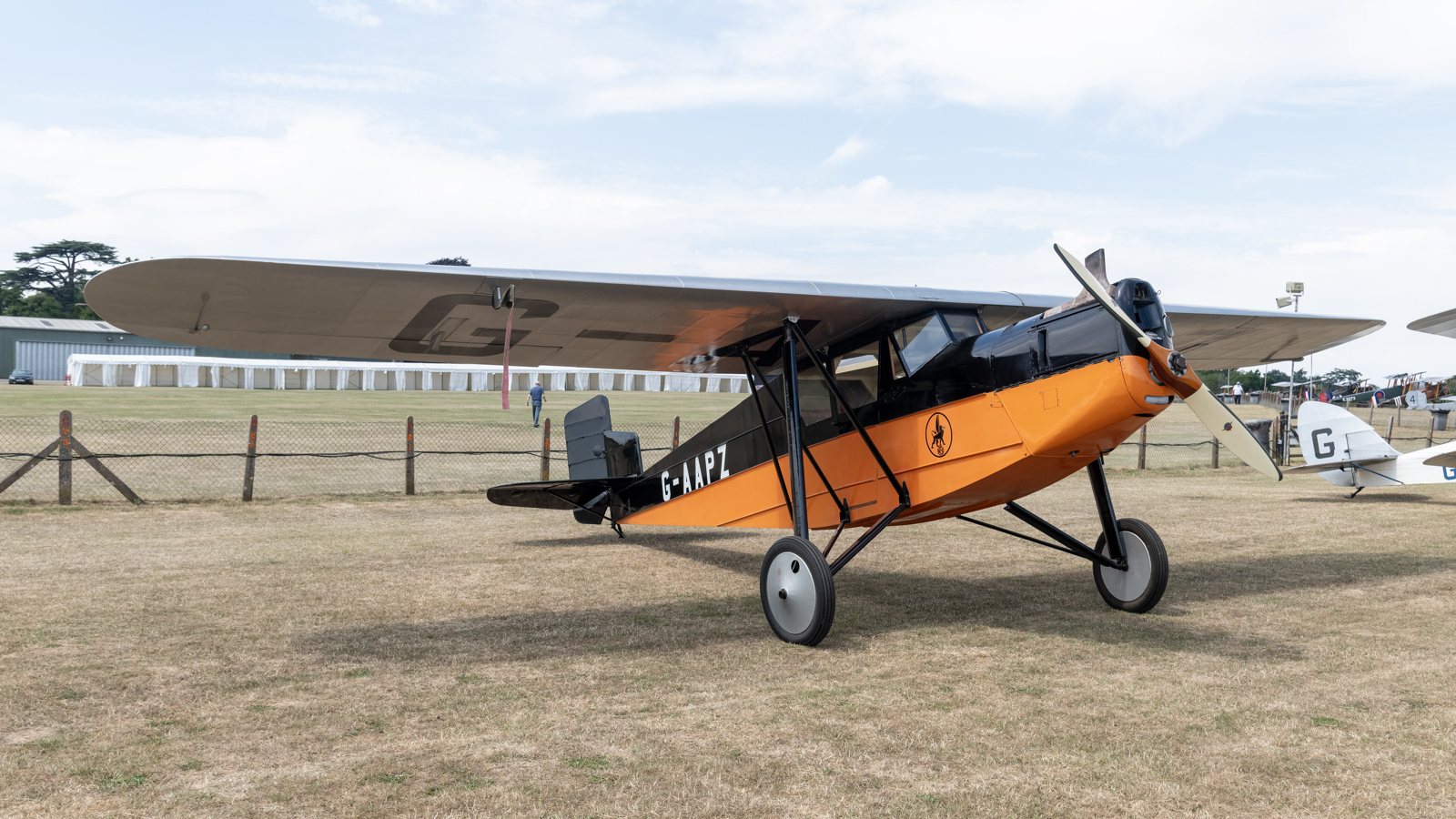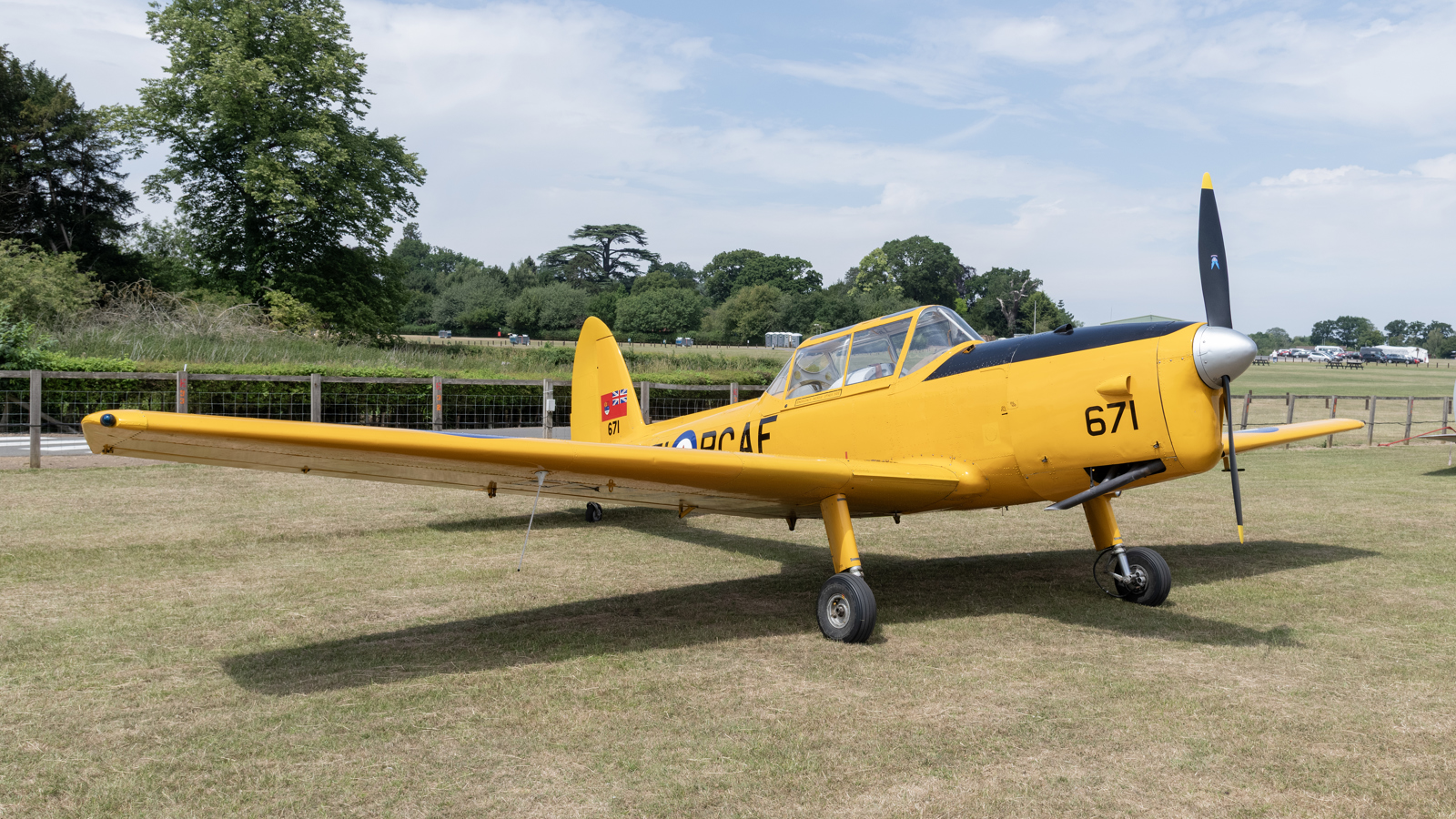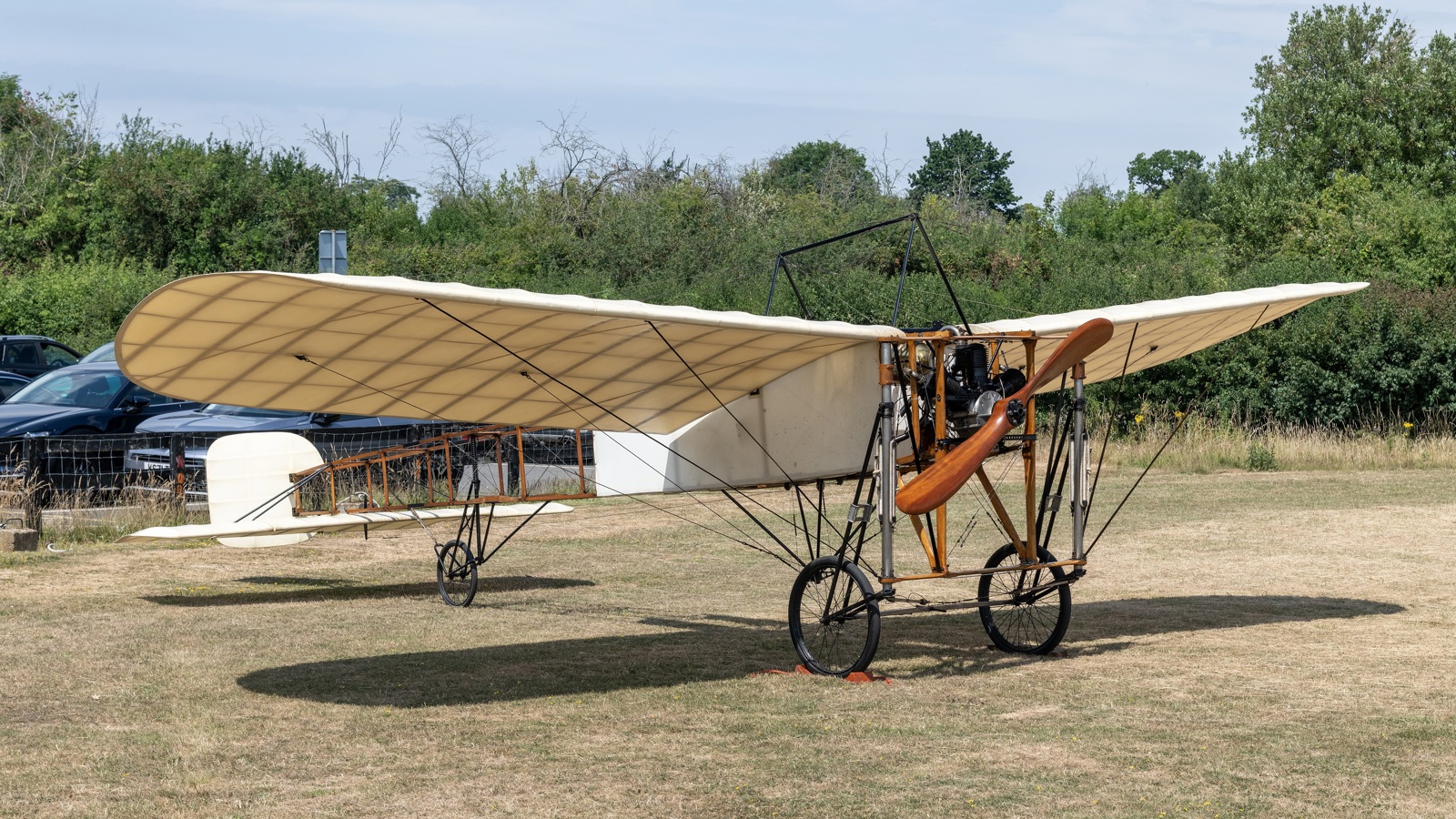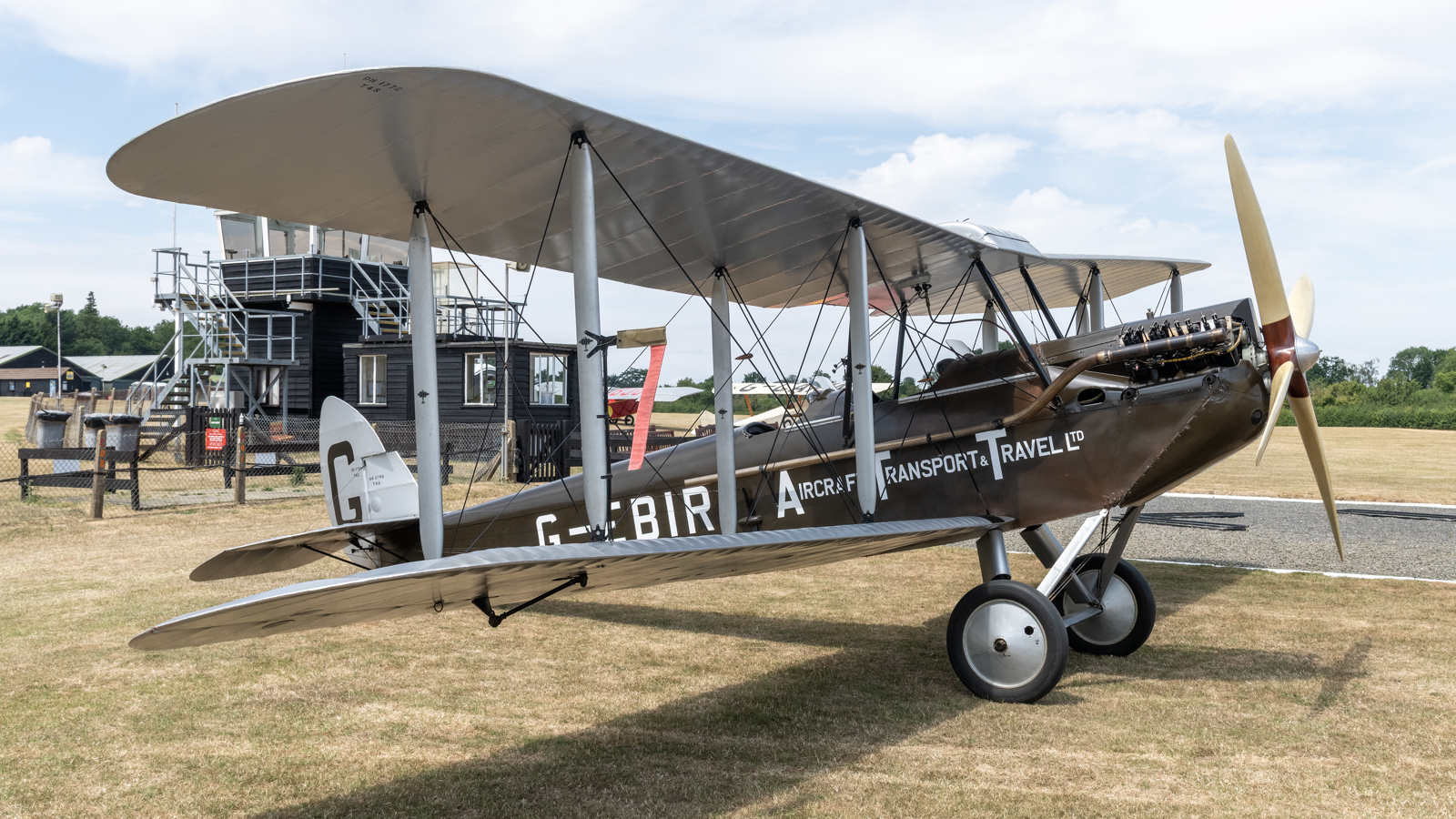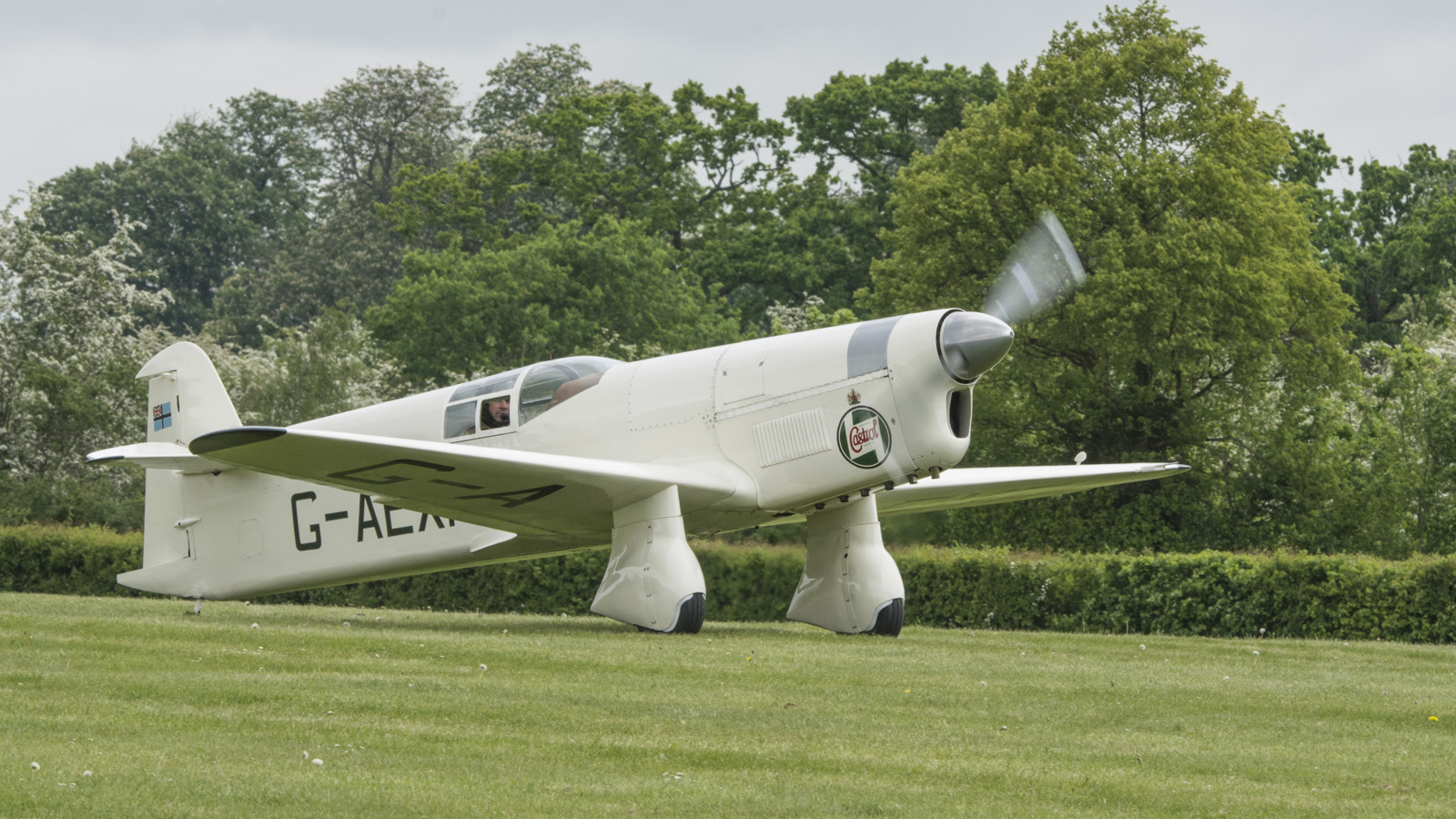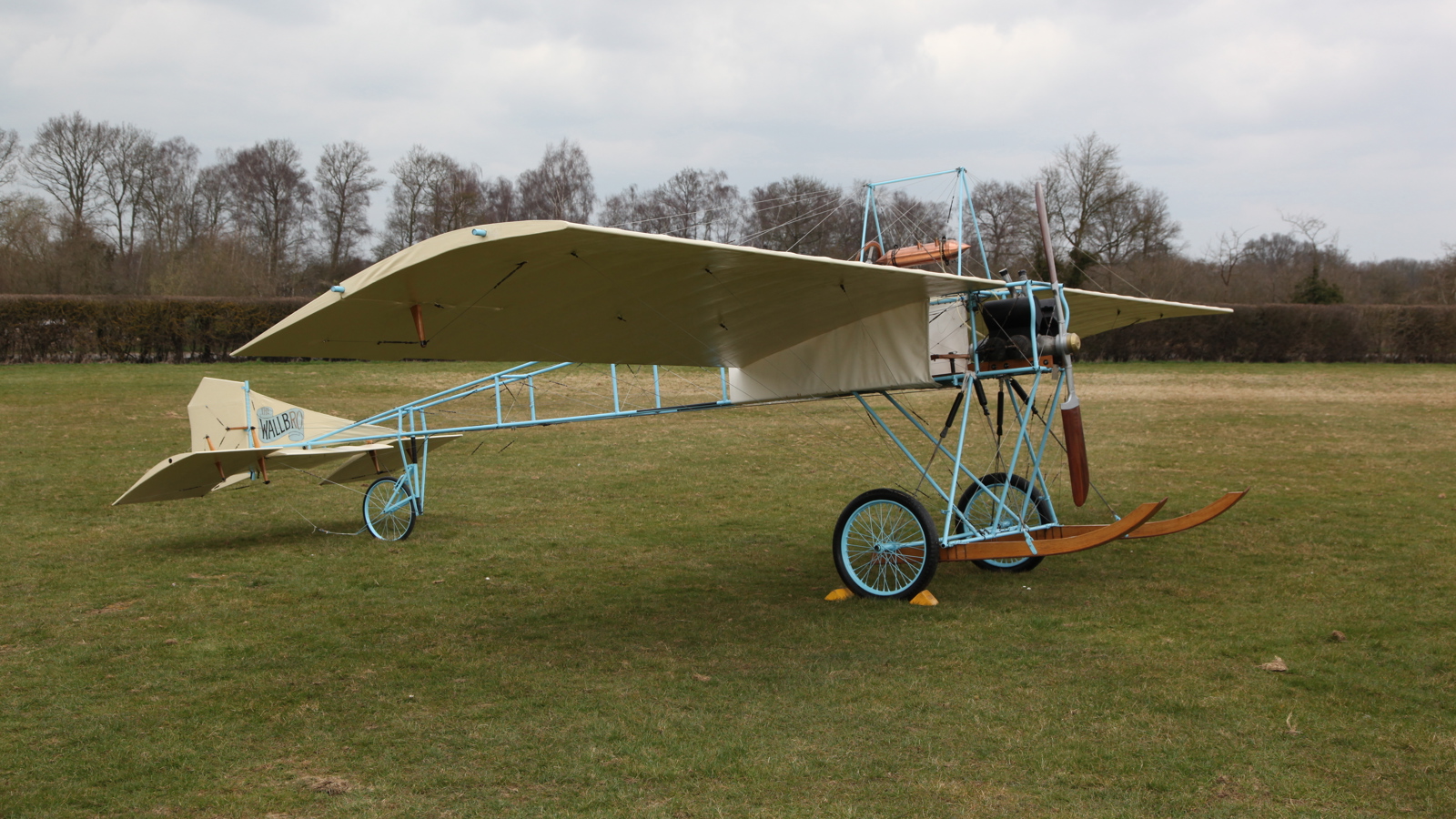de Havilland DH.88 Comet
The DH.88 Comet was designed specifically to take part in a race from Mildenhall in England to Melbourne in Australia, scheduled to start on the 20 October 1934, to mark the centenary of the foundation of the State of Victoria. The gold cup and £10,000 prize were put up by Sir MacPherson Robertson, the Australian industrialist.
The first Comet, intended for Jim and Amy Mollison, was first flown by de Havilland test pilot, Hubert Broad, on 8th September 1934 and received its Certificate of Airworthiness the following month. Certificates for the other two were issued on 12 October.
The race contestants - including the three Comets - set off at dawn on 20 October with the Mollisons in G-ACSP, ‘Black Magic’ (currently under restoration); Owen CathcartJones and Ken Waller in G-ACSR (owned by Bernard Rubin); and C.W.A. Scott and Tom Campbell Black in G-ACSS, ‘Grosvenor House’ (entered by A O Edwards, the managing director of the eponymous hotel). 'Grosvenor House’ was the winner of the speed prize, covering the course in 70 hours and 54 minutes. The other main prize, for performance against handicap, was won by a Douglas DC-2 of KLM - Royal Dutch Airlines which finished a close second overall.
About this aircraft
After the DH.88's success, G-ACSS was evaluated by the RAF with the serial number K5084 and appeared as such in the 1936 Hendon Pageant. It suffered several accidents in the hands of the RAF and was eventually sold as scrap. However, it was rescued when bought by F Tasker and restored at Essex Aero Ltd at Gravesend. Renamed ‘The Orphan’ it gained fourth place in the EnglandDamascus Air Race of 1937. After this G-ACSS was renamed yet again and as ‘The Burberry’ set a new record for the out-and-back times to the Cape, and also set a record when it travelled from England to New Zealand and home again in only ten days, twenty-one hours and twenty-two minutes.
After these record breaking flights G-ACSS was abandoned at Gravesend and spent WWII stored there. De Havilland apprentices statically restored it for the 1951 Festival of Great Britain, where it was displayed hanging from the roof. It was given to the Shuttleworth Collection in 1965 and a restoration to flying condition was begun. About fifty organisations supported the project and restoration was carried out first at RAE Farnborough and then at the British Aerospace works at Hatfield. This culminated in the first flight in forty-nine years on Sunday 17 May 1987.
Following the closure of Hatfield in 1994 the aircraft returned to Old Warden where, initially, the runway was too short to allow safe operation. The runway was lengthened by 1999 but then, in 2002, the Comet suffered undercarriage failure when landing after its first test flight and research showed that as originally designed the legs were liable to failure under certain conditions. Subsequently modifications to the structure were approved and implemented and the aircraft flew again. After successful test flights on 1 August 2014 it is now a regular performer at Shuttleworth air displays.
Specification
| Title | Detail |
|---|---|
| Type | Two seat monoplane |
| Design purpose | Racing |
| Wingspan | 44ft |
| Overall length | 29ft |
| Weight | 2,840lbs |
| Max speed | 220mph |
| Year | 1934 |
| Manufacturer | de Havilland Aircraft Company |
| Engine | 2 x 205hp de Havilland Gipsy Queen II |
| Engine type | 6-cylinder inline |
| Era | Interwar |
| Status | Collection owned |
| Registration | G-ACSS |
Other collection items
Register for Updates
Be the first to hear about our latest events and get all the Shuttleworth news

